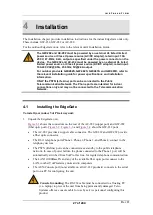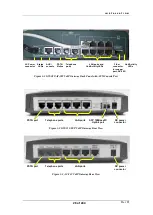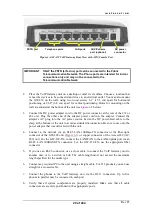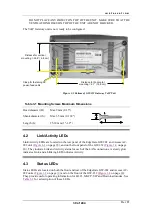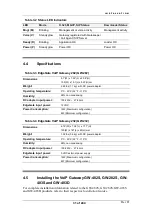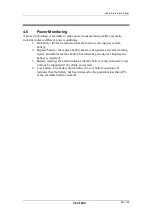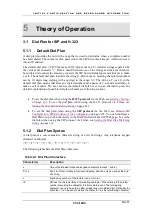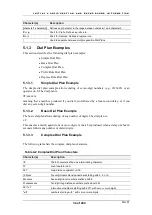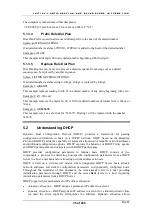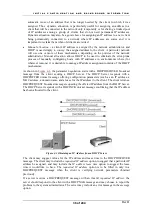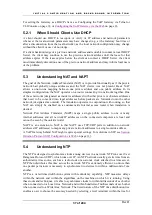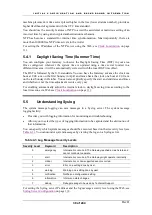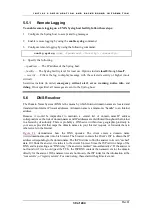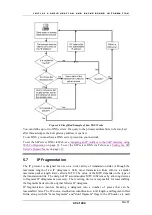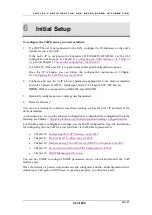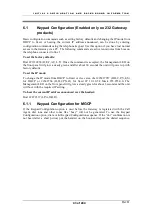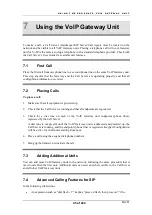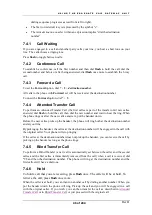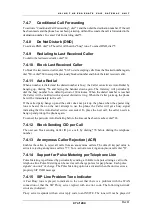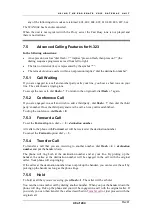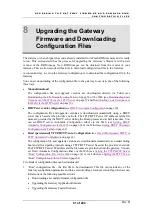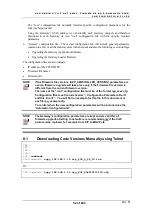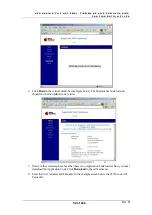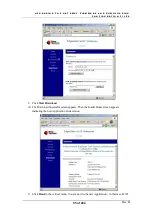
I N I T I A L C O N F I G U R A T I O N A N D B A C K G R O U N D I N F O R M A T I O N
Rev H
40 of 244
Figure 4-2 Simplified Example of how DNS Works
You can define up to two DNS servers. If a query to the primary address fails to be resolved
after three attempts, the next gateway address is queried.
To use DNS, you must have a DNS server present on your network.
To set the SIP server DNS via Web, see
Assigning an IP Address to the VoIP Gateway using
. To set the SIP server DNS via Telnet, see
5.7
IP Fragmentation
The IP protocol is designed for use on a wide variety of transmission links. Although the
maximum length of an IP datagram is 64K, most transmission links enforce a smaller
maximum packet length limit, called a MTU. The value of the MTU depends on the type of
the transmission link. The design of IP accommodates MTU differences by allowing devices
to fragment IP datagrams as necessary. The receiving device is responsible for reassembling
the fragments back into the original full size IP datagram.
IP fragmentation involves breaking a datagram into a number of pieces that can be
reassembled later. The IP source, destination, identification, total length, and fragment offset
fields, along with the "more fragments" and "don't fragment" flags in the IP header, are used
Summary of Contents for AC - 232 - TX
Page 4: ......
Page 24: ......
Page 44: ......
Page 50: ......
Page 68: ......
Page 79: ...C L I C O M M A N D M O D E S Rev H 79 of 244 Figure 9 4 Network Mode show and set Commands ...
Page 81: ...C L I C O M M A N D M O D E S Rev H 81 of 244 Figure 9 8 SIP Mode show and set Commands ...
Page 98: ......
Page 108: ......
Page 156: ......
Page 158: ......
Page 170: ......
Page 184: ......
Page 202: ......
Page 228: ......
Page 234: ......
Page 242: ......


